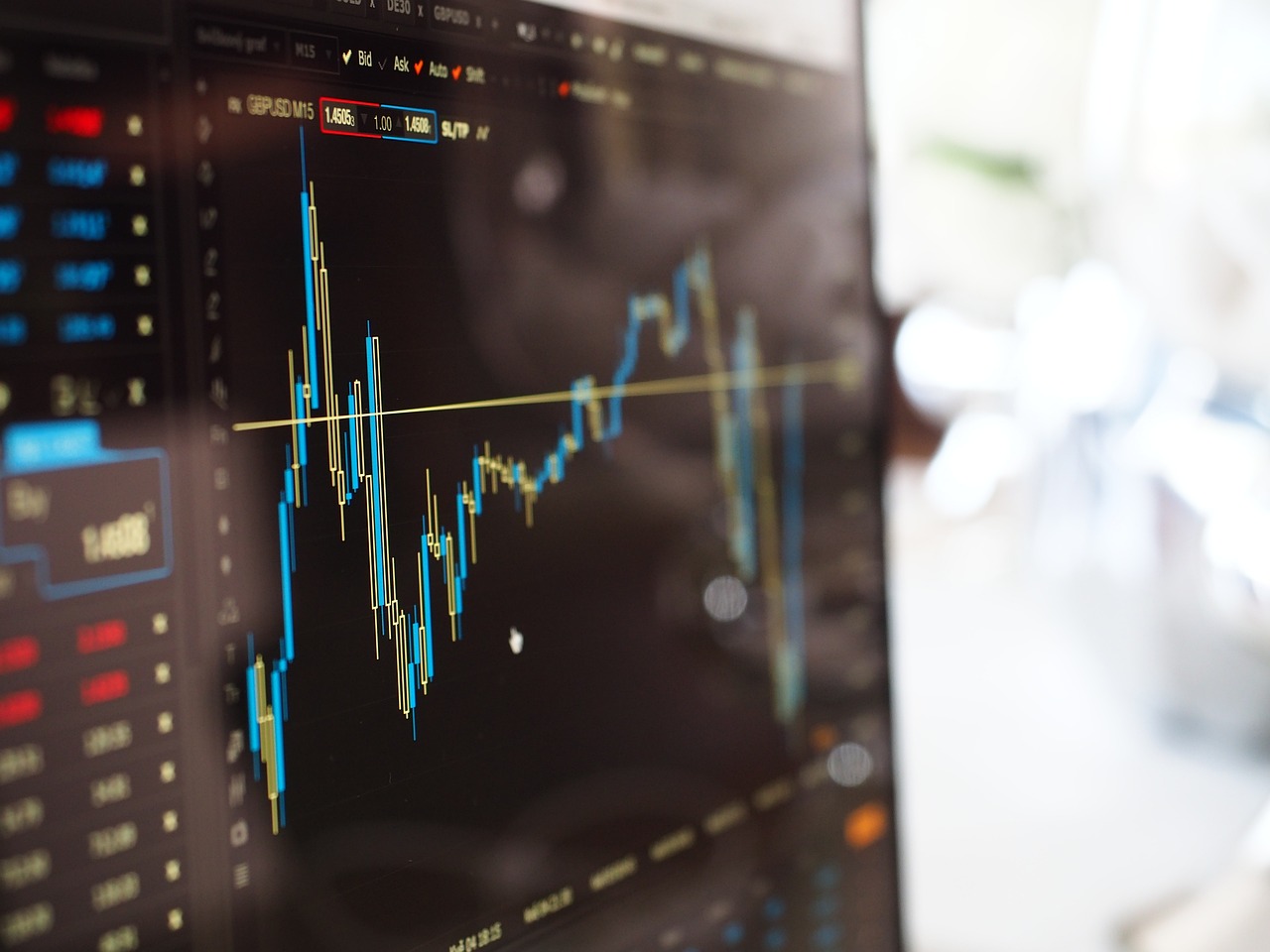Introduction:
When investing, risk is synonymous with uncertainty. When building a portfolio, adding risk introduces uncertainty to future outcomes by owning investments that have returns which are not consistent year-to-year. To comprehend the degree of this uncertainty, investors use statistical measures like Standard Deviation. Standard Deviation is a critical tool to evaluate the range within which the return of an investment will fall, gauging the level of risk involved. This article delves into how Standard Deviation impacts year-to-year outcomes in a portfolio and how it affects long-term results through its compounding effect over time.
Risk and Uncertainty in a Portfolio:
Investors, while constructing their portfolios, endeavor to optimize returns, but every return comes with associated risks. When you mix different levels of risk in your investments, it means you’re adding things that can change how much money you were expecting to make, making your future earnings less predictable, and your future total invested dollars less predictable. This uncertainty is essential for investors to understand, as it can lead to losses or gains year-to-year, and will ultimately affect the overall portfolio value over time.
Measuring Risk with Standard Deviation:
Standard Deviation is a math tool that tells us how the numbers in a group are spread out from (or different than) the average of that group. If the Standard Deviation is small, it means most of the numbers are very close to the average. If it's big, it means the numbers are spread out farther from the average, and there are more different kinds of numbers in the group. When predicting future results from a standard deviation, we generate confidence levels. These confidence levels can vary slightly depending on the data set, but as a generalization:
- 1 Standard Deviation captures 68% of the data set
- 2 Standard Deviations captures 95% of the data set
- 3 Standard Deviations captures 98% to 99% of the data set
Let's consider an example unrelated to finance for a moment.
Imagine you are measuring the heights of your sunflowers every week growing in your garden every week. Let's say you have three sunflowers:
- Sunflower A has heights (in centimeters) recorded as: 50, 51, 52, 53, 52 – These heights are all close to each other, so they have a low Standard Deviation.
For Sunflower A, the Average Height is 51.6 cm. And its standard deviation is 1.02 cm. This means that with a week of further observation, we would statistically predict that Sunflower A would remain within ~2 centimeters of its current height, and we would feel 95% confident of that.
- Sunflower B has heights recorded as: 40, 50, 60, 70, 80 – These heights are more spread out, so they have a higher Standard Deviation.
For Sunflower B, the Average Height is 60 cm. And its standard deviation is 14.14 cm. This means that with a week of further observation, we would statistically predict that Sunflower A would have a height that is as much as 28 centimeters different than its current height, and we would feel 95% confident of that.
In this example, Sunflower A’s heights are more consistent, so it has a lower Standard Deviation compared to Sunflower B, whose heights are more spread out and varied. This means Sunflower B’s heights are less predictable compared to Sunflower A’s. Put simply, We could probably guess Sunflower A's height correctly within 2 cm by the end of next week. But if we guessed Sunflower B's height by the end of next week, its unlikely that we could guess correctly within 10 cm.
Understanding this Principle with Investments
In our example with sunflowers, we observed that the more consistent the heights, the lower the Standard Deviation, and vice versa. Now, applying this concept to financial instruments like ETFs and mutual funds:
1. AGG (Bond ETF)
Bonds, and thus bond funds like AGG, are generally considered to be more stable and less risky compared to stocks. This means that the price movements (returns) of AGG would be less spread out from the average return, implying a lower Standard Deviation.
In simple terms, investing in AGG is like having a sunflower whose heights do not vary much.
2. SPY (S&P 500 ETF)
Stocks and stock ETFs like SPY tend to have higher price fluctuations and are considered riskier. This means that the price movements (returns) of SPY would be more spread out from the average return, resulting in a higher Standard Deviation.
Investing in SPY is akin to having a sunflower with a wide range of heights that can vary significantly.
Conceptual Summary:
- AGG (Bond ETF): Lower Standard Deviation → Less Risk → More Predictable Returns → Like Sunflower A
- SPY (S&P 500 ETF): Higher Standard Deviation → More Risk → Less Predictable Returns → Like Sunflower B
Is Standard Deviation Predictive?
Standard Deviation is a powerful tool that quantifies the variability or spread of historical investment returns, providing a snapshot of an asset’s past risk profile and helping investors make more informed decisions compared to mere guessing. It aids in comparing the risk associated with different investments, assisting investors in aligning their choices with their risk preferences and investment goals, ultimately facilitating better risk management.
However, relying on Standard Deviation to predict the future has its pitfalls. It is crucial to understand that Standard Deviation is like reading a history book, and unforeseen events, circumstances, and variables can cause significant changes to future risks and returns; an investment showing low variability in the past may not necessarily replicate this trend in the future.
Also, the use of Standard Deviation in predicting the future assumes a normal distribution of returns, which is often not the case in real-world scenarios, leading to potential misestimations of risk. Therefore, while Standard Deviation is invaluable for understanding historical volatility, it should be complemented with other risk assessment tools and balanced with comprehensive market research to navigate the inherent unpredictability of markets.
Compounded Effect of Standard Deviation:
When using Standard Deviation as a method of predicting, the variations in returns due to Standard Deviation will compound over time. This creates an uncertain but somewhat predictable future. This implies that the annual deviations in returns, whether positive or negative, will affect the overall portfolio value in the long run.
Practical Examples:
Example 1:
Consider a Fixed Annuity with a $1,000,000 investment, paying a guaranteed 6% annually for 10 years, compounded annually. This scenario has a zero Standard Deviation, presenting no uncertainty. The future value FV of this investment can be calculated using the formula:
FV = PV ( 1 + r )n Where:
- PV is the present value or initial investment amount ($1,000,000)
- r is the rate of return per period (6% or 0.06)
- n is the number of periods (10 years)
FV = $1,000,000 ( 1 + 0.06 )10 = $1,790,847.41
Example 2:
Here, $500,000 is put in a Fixed Annuity paying 6% guaranteed for 10 years, and $500,000 is invested in a Stock Portfolio with a Standard Deviation (SD) of 15.24% and an average historical return of 8.92%.
For the annuity part, the future value can be calculated as before, with half the initial investment amount: FV annuity=$500,000(1+0.06)10=$895,423.71FVannuity=$500,000(1+0.06)10=$895,423.71
For the stock portfolio part, we can look at three scenarios:
- Average scenario: FV average = $500,000 (1+0.0892)10 ≈$1,219,144.60
- +3 Standard Deviation scenario: FV +3 SD = $500,000 (1+(0.0892+3∗0.1524)) 10 ≈ $2,559,881.57
- -3 Standard Deviation scenario: FV −3 SD = $500,000 (1+(0.0892−3∗0.1524)) 10 ≈ $208,079.67
Combined Portfolio Value:
- Average scenario: FV stocks + FV annuity ≈ $2,114,568.31
- +3 Standard Deviation scenario: FV stocks +3 SD + FV annuity ≈$3,455,305.28
- -3 Standard Deviation scenario: FV −3 SD + FV annuity ≈$1,103,503.38
Examples Summary
In the provided examples, a Fixed Annuity and a blended portfolio were compared to illustrate the concept of Standard Deviation. The Fixed Annuity, offering a guaranteed 6% return, depicted a scenario with zero Standard Deviation, presenting no uncertainty or variability in future outcomes—a known and stable future value.
Conversely, a mixed portfolio, part in a Fixed Annuity and part in a Stock Portfolio, illustrated the introduction of uncertainty. This Stock Portfolio had a Standard Deviation of 15.24%, introducing variability and hence uncertainty in future values. Here, Standard Deviation quantified the extent to which the actual returns could deviate from the expected returns, highlighting potential risks and the range of possible outcomes, both above and below the average return. While it gave insights into historical volatility and risk, it didn't assure any future certainty, emphasizing the importance of using it cautiously along with other assessment tools.
Conclusion:
Standard Deviation plays a pivotal role in portfolio management, serving as a metric to gauge the uncertainty or risk associated with the investment. It affects the annual returns and, in turn, the overall value of the portfolio over time due to its compounding effect. While a portfolio with zero Standard Deviation offers security and predictability, combining investments with higher Standard Deviation can optimize returns but with increased uncertainty. Balancing these elements is crucial for managing the desired risk level while optimizing for returns.




